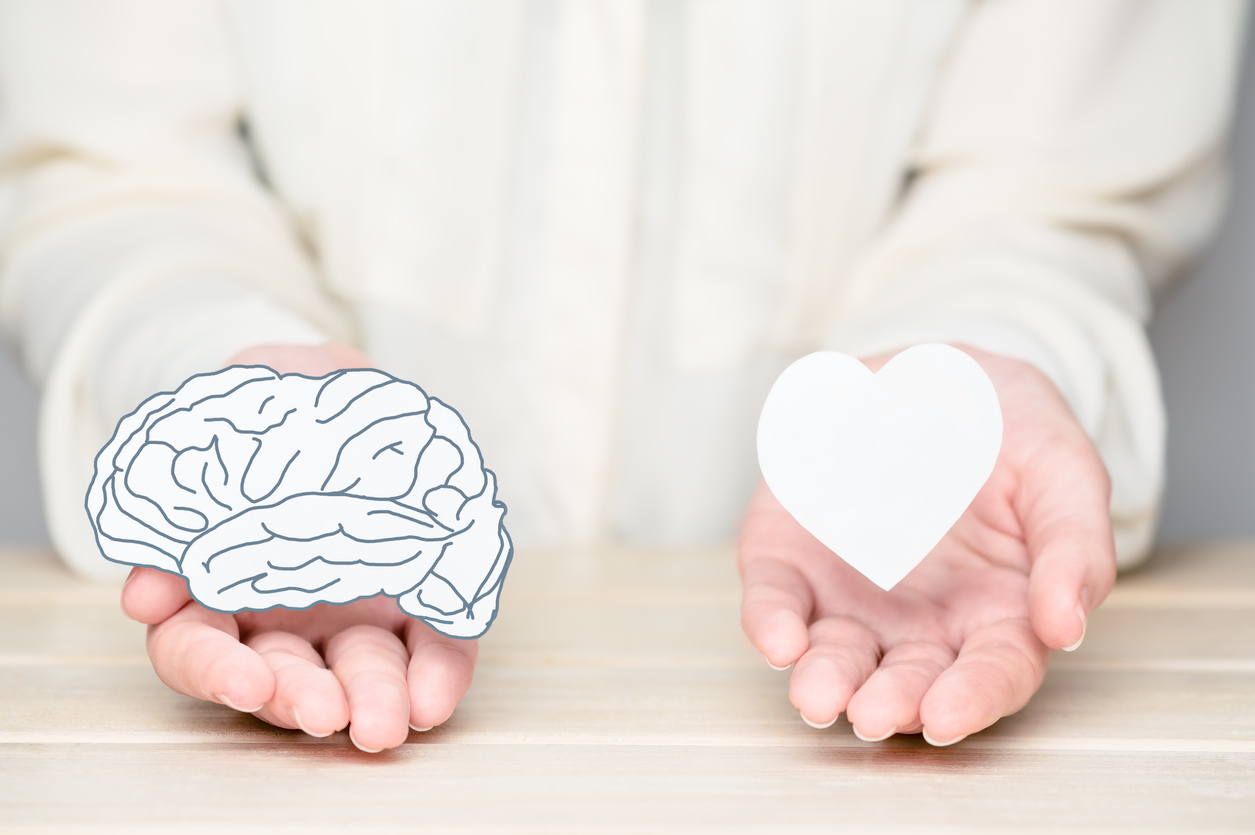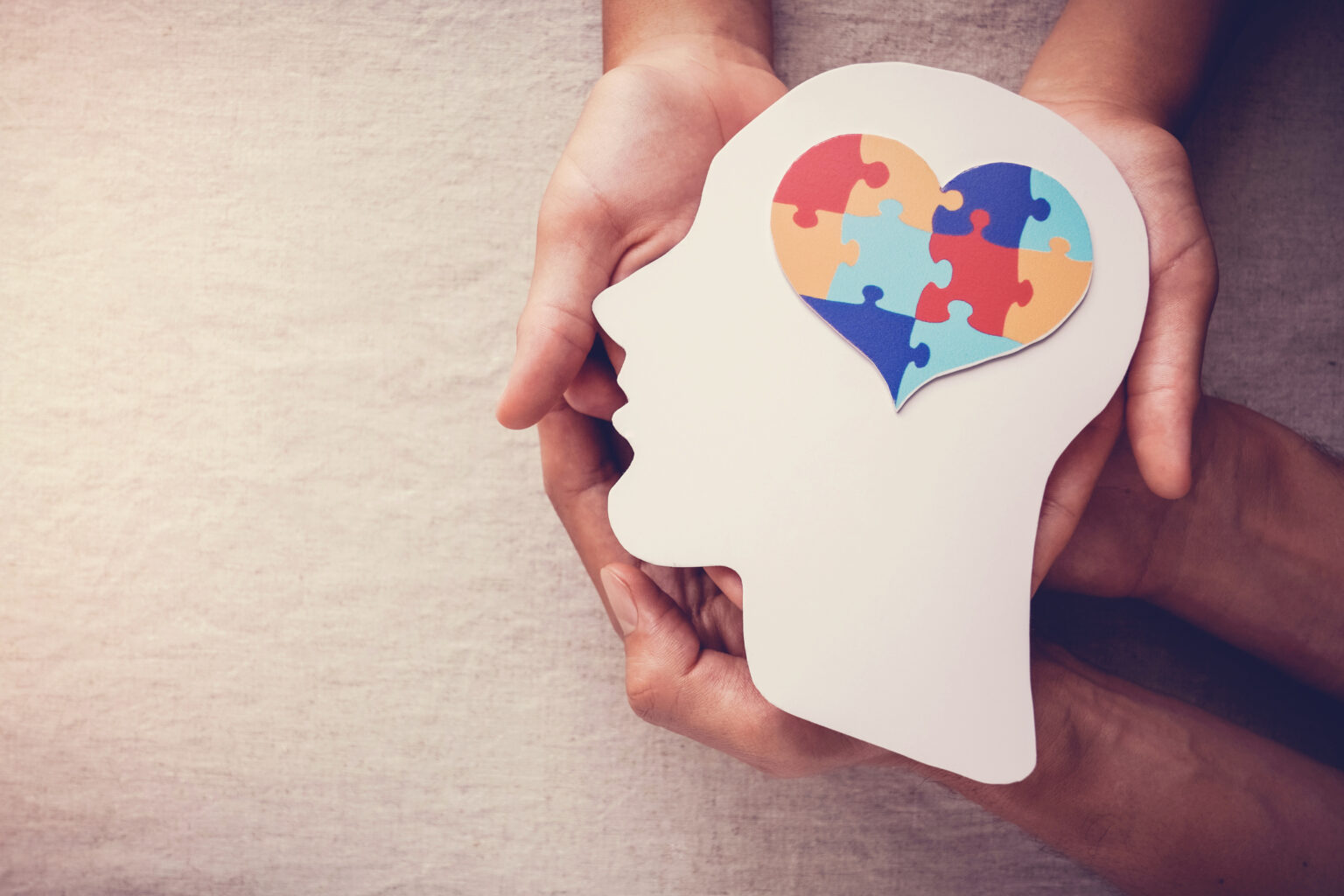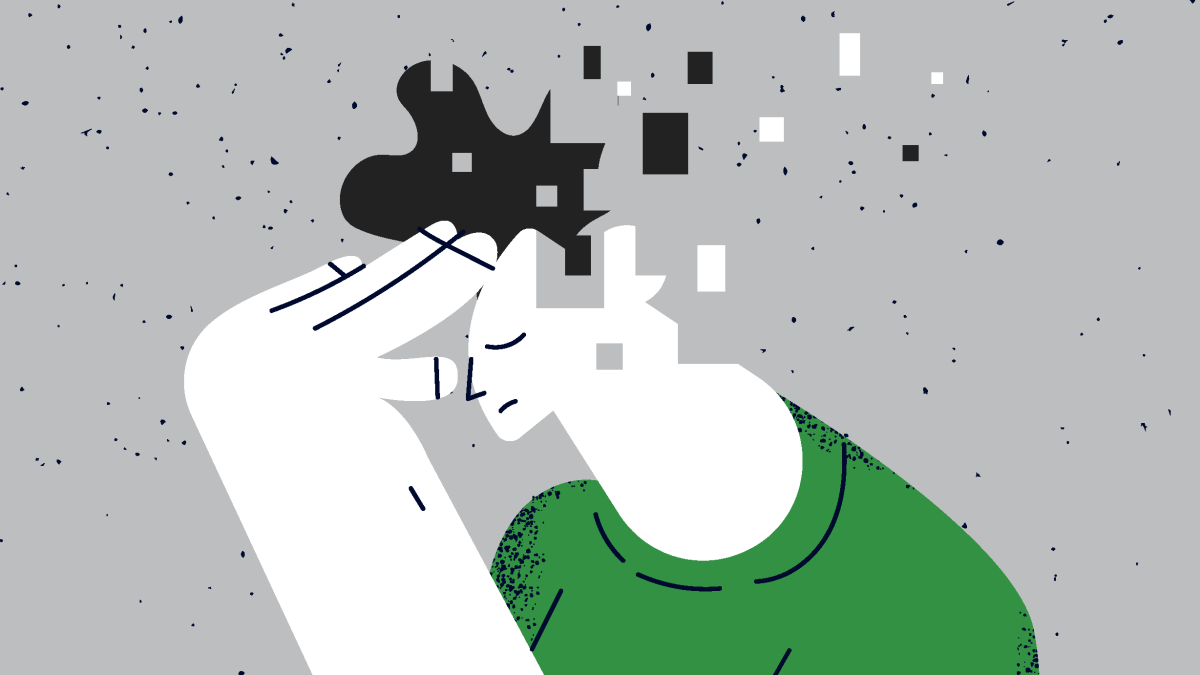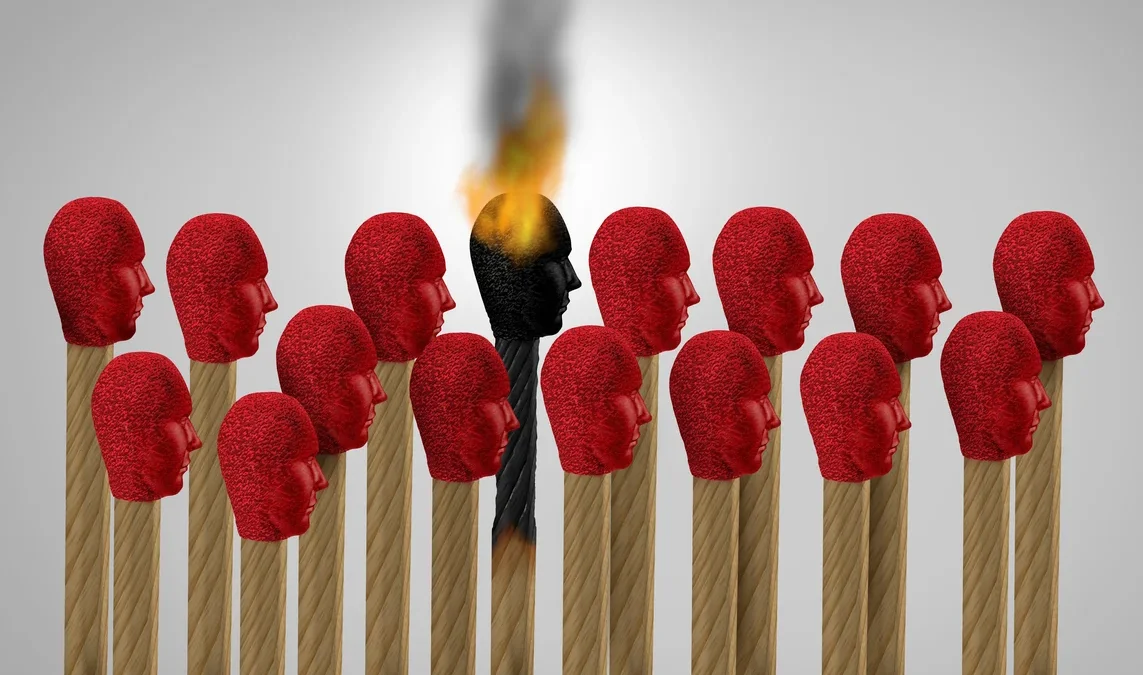CBT is a practical approach to deal the unhealthy thoughts with the identification of these anxieties or depression causes. These strategies are designed to self-help and immediate changes in a patient’s life.
Cognitive Therapy and Behavioral Therapy
CBT combines cognitive and behavioural therapy to cope with undesirable and unhelpful thinking. Both therapies focus on a person’s positive ideas, feelings, and emotions. Cognitive therapy replaces negative thoughts and experiences with good ones. Many methods exist. One strategy involves asking the person to provide evidence that they are unlovable, which may include acknowledging their family and friends who love and respect them. This evidence reveals the person’s mistaken belief. Cognitive reorganisation. Positive thinking is learned through identifying and challenging negative thoughts. Behavioural therapy teaches strategies to increase confidence. This therapy helps doctors eliminate undesirable aspects of a person’s conduct and boost favourable aspects.

Types Of Cognitive Behavioral Therapy
- According to different mental disorders, CBT has a range of treatments and therapies. These therapies addressed the emotions, behaviours, and thoughts of a patient. CBT includes these therapies, Cognitive therapy centres on identifying and changing inaccurate or distorted thinking patterns, emotional responses, and behaviours.
- Dialectical behaviour therapy (DBT) addresses thoughts and behaviour while incorporating strategies, such as emotional regulation and mindfulness.
- Multimodal therapy suggests that psychological issues treat by addressing seven different but interconnected modalities: behaviour, affect, sensation, imagery, cognition, interpersonal factors, and drug/biological considerations.
- Rational emotive behaviour therapy (REBT) involves identifying irrational beliefs, actively challenging these beliefs, and finally learning to recognize and change these thought patterns.
When Cognitive Behavioral Therapy Is Useful
Treatment From Cognitive Behavioral Therapy
The treatment with cognitive behavioural therapy requires multiple strategies and techniques according to the patient’s complications. These techniques begin with the identification of the disorders, then role-playing, relaxation techniques.

Identification Negative Thoughts
Treatment began with a series of interviews between the patient and the counsellor in order for the therapist to determine the severity of his or her condition. There are several ways to deal with anxiety, and a therapist tries to figure out which one works best for each individual.
Education Of The Patient
The therapist provides the learning materials consisting of brochures and books that relate to the specific mental disorder. In this way, a person realizes that he is not alone, and many people face similar situations. A good understanding of your particular psychological problem will help you dismiss unfounded fears, which will help to ease your anxiety and other negative feelings.

Goal Setting
Goal setting is the foremost step in recovery from mental illness and helping you make changes to improve your health and life. During Cognitive Behavioral Therapy, a therapist can help with goal-setting skills by teaching you how to identify your goal, distinguish between short- and long-term goals set SMART (specific, measurable, attainable, relevant, time-based) goals. And focus on the process much as the end outcome. If you want to work on your fears or shyness issues in social circumstances, your therapist practices strategies that boost your confidence and help you to achieve your goal.
Self-Monitoring
Cognitive-behavioural therapies require the patient’s seriousness and involvement in the activities or therapies. In these therapies, diary work and self-monitoring are significant to track down the negative habits and behaviours. Your therapist helps you to come up with realistic and calming statements. Like a person having an eating disorder, self-monitoring may involve keeping track of eating habits and any thoughts or feelings that come with that meal or snack. Cognitive-behavioural therapy allows patients to engage in a healthier thinking pattern with improving behaviour and emotions.








